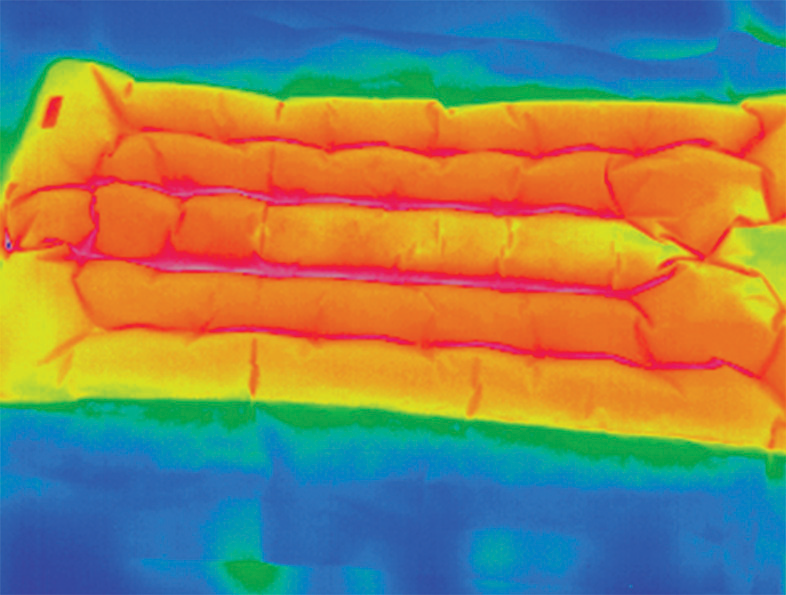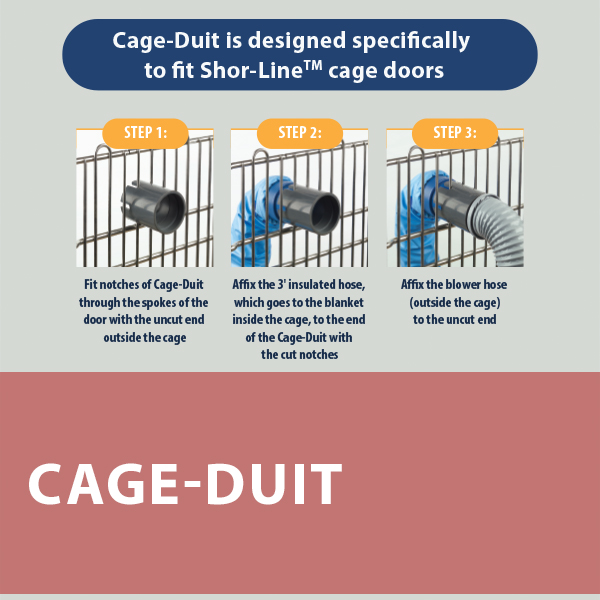PET PATIENT WARMING 101
New to warming your pet patients with convective air? Or just trying to figure out a better way to keep your patients normothermic?
We, at AHS, are here to help.
The Basics
- Use of warm air is proven to reduce infections and recovery time.
- Use of warm air before, during and after surgery has been approved by the FDA as safe and effective and of no significant increased risk of infection.
- Smaller patients (such as pets) lose temp so much more quickly than larger patients (such as humans). Still, every inpatient human surgical procedure in the US uses warm air before, during and after surgery.
- Warm water pads and warming tables are a start toward maintaining normothermia. If you’re still having issues, consider air.
- Warm air is generated by a ‘blower.’ The blower is connected via a hose (often 6’) to a blanket.
- The blanket is placed on, around or under the anesthetized patient. The most effective use of air is placing the blanket on top of the patient, with the air directed downward.
- The longer the surgical procedure (from induction of anesthesia to coming out), the greater the risk of hypothermia.

FAQ
- Q – My surgeon won’t use air intra-op because she says it’s a source of infection.
- A – Partially true (circumstantially):
- The reality of warming during surgery is the air, in fact, is blowing over the non-sterile patient below, the body of which is full of potential contaminants. The real issue in veterinary surgery is that traditional draping techniques do not prevent the air from making its way to the surgical site, which is on top of the drape. Drapes with ‘seal’ (such as our 10-100 Extremity Drape) keep the non-sterile patient, and the air, down below and out of the surgical site.
- A – Partially true (circumstantially):
- Q – Is the air from the blower and blanket going to heat up the room?
- A – Depends on which blanket you use, the size of your room and whether the blanket is blowing air upward or downward.
- Q – My patients are very small (12-15” long). How do I put a warming blanket on the patient and stay out of the way of the surgical procedure?
- A – Baja intra-op blankets (for soft tissue and extremity/knee/elbow surgery) are fenestrated with different sized holes for different sized patients, therefore allowing maximum warming coverage even on the smallest patients.
- The non-sterile blanket is applied first (after dirty prep) and inflated when the sterile four-corner and top/patient drapes are applied. The operative site is therefore exposed above the blanket (and sterile drapes).
- A – Baja intra-op blankets (for soft tissue and extremity/knee/elbow surgery) are fenestrated with different sized holes for different sized patients, therefore allowing maximum warming coverage even on the smallest patients.
- Q – I’m using the ‘red’ blanket. How does the Everlast II blanket compare?
- A – Night and day improvement for the Everlast II.
- The ‘red’ blanket is basically a pillow case, allowing air out of both sides of the blanket. This is a waste of warm air and a sure-fire way to heat up the room.
- The Everlast II from AHS is engineered: the patient side allows complete diffusion of the air through the bottom of the blanket; the topside of the blanket is an impermeable woven fabric that directs all the out of the patient/bottom side of the blanket.
- The Everlast II can be washed hot, bleached and dried in a dryer or by attaching to the blower. The ‘red’ blanket cannot with damaging it.
- A – Night and day improvement for the Everlast II.
- Q – Must I have a blower to warm with air?
- A – Yes, a blower is a must to generate the warm air.
- Q – I have a Bair Hugger TM blower. Will it work with Baja and Everlast blankets?
- A – Yes, Baja and Everlast blankets tie and clip onto the hose with room to spare, so no problem to connect to any sized blower hose.
- Q – How do I get the blower hose through the cage door?
- A – If you have Shor-Line TM cages, our Cage-Duit will do the trick.
- If not, our Kennel Konnector will do the job.
- A – If you have Shor-Line TM cages, our Cage-Duit will do the trick.



